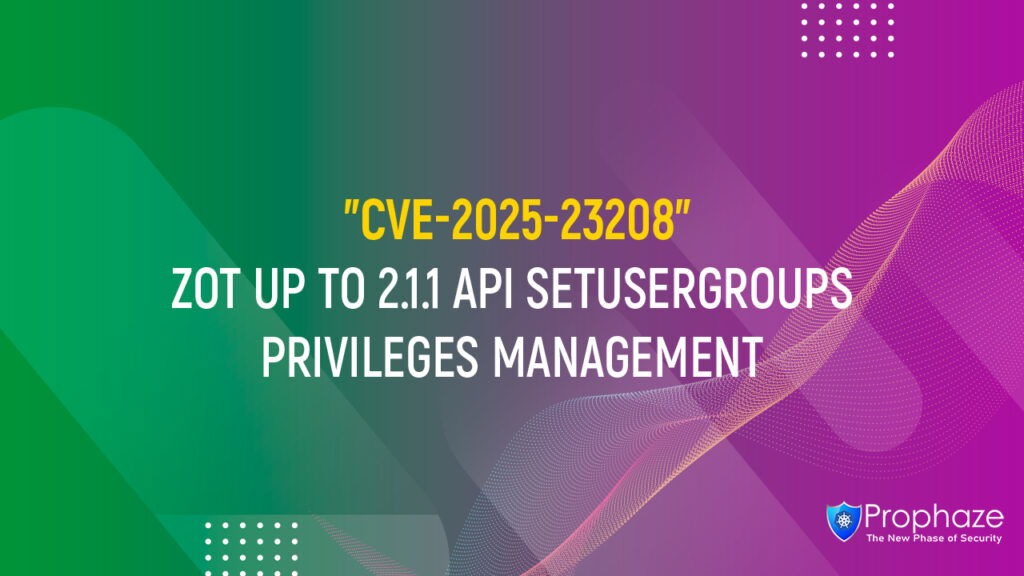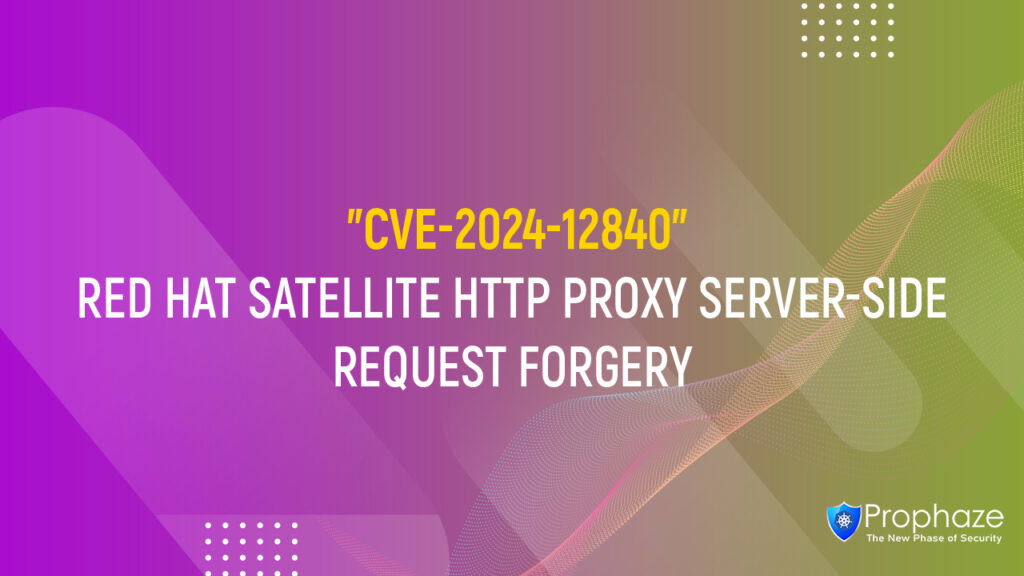1. EXECUTIVE SUMMARY
- CVSS v3 7.8
- ATTENTION: Exploitable remotely/low skill level to exploit
- Vendor: Fuji Electric
- Equipment: V-Server Lite
- Vulnerability: Heap-based Buffer Overflow
2. RISK EVALUATION
Successful exploitation of this vulnerability could allow a remote attacker to gain elevated privileges for remote code execution.
3. TECHNICAL DETAILS
3.1 AFFECTED PRODUCTS
The following versions of V-Server Lite, a data collection and management service, are affected:
- V-Server Lite, all versions prior to 4.0.9.0
3.2 VULNERABILITY OVERVIEW
The buffer allocated to read data, when parsing VPR files, is too small.
CVE-2020-10646 has been assigned to this vulnerability. A CVSS v3 base score of 7.8 has been assigned; the CVSS vector string is (AV:L/AC:L/PR:N/UI:R/S:U/C:H/I:H/A:H).
3.3 BACKGROUND
- CRITICAL INFRASTRUCTURE SECTORS: Critical Manufacturing
- COUNTRIES/AREAS DEPLOYED: Worldwide
- COMPANY HEADQUARTERS LOCATION: Japan
3.4 RESEARCHER
kimiya working with Trend Micro’s Zero Day Initiative reported this vulnerability to CISA.
4. MITIGATIONS
Fuji Electric has released Version 4.0.9.0 to mitigate the reported vulnerability. The new version can be obtained at the Fuji Electric Library website.
CISA recommends users take defensive measures to minimize the risk of exploitation of this vulnerability. Specifically, users should:
- Minimize network exposure for all control system devices and/or systems, and ensure that they are not accessible from the Internet.
- Locate control system networks and remote devices behind firewalls, and isolate them from the business network.
- When remote access is required, use secure methods, such as Virtual Private Networks (VPNs), recognizing that VPNs may have vulnerabilities and should be updated to the most current version available. Also recognize that VPN is only as secure as the connected devices.
CISA reminds organizations to perform proper impact analysis and risk assessment prior to deploying defensive measures.
CISA also provides a section for control systems security recommended practices on the ICS webpage on us-cert.gov. Several recommended practices are available for reading and download, including Improving Industrial Control Systems Cybersecurity with Defense-in-Depth Strategies.
Additional mitigation guidance and recommended practices are publicly available on the ICS webpage on us-cert.gov in the Technical Information Paper, ICS-TIP-12-146-01B–Targeted Cyber Intrusion Detection and Mitigation Strategies.
Organizations observing any suspected malicious activity should follow their established internal procedures and report their findings to CISA for tracking and correlation against other incidents.
CISA also recommends users take the following measures to protect themselves from social engineering attacks:
No known public exploits specifically target this vulnerability.
CISA continuously strives to improve its products and services. You can help by choosing one of the links below to provide feedback about this product.





